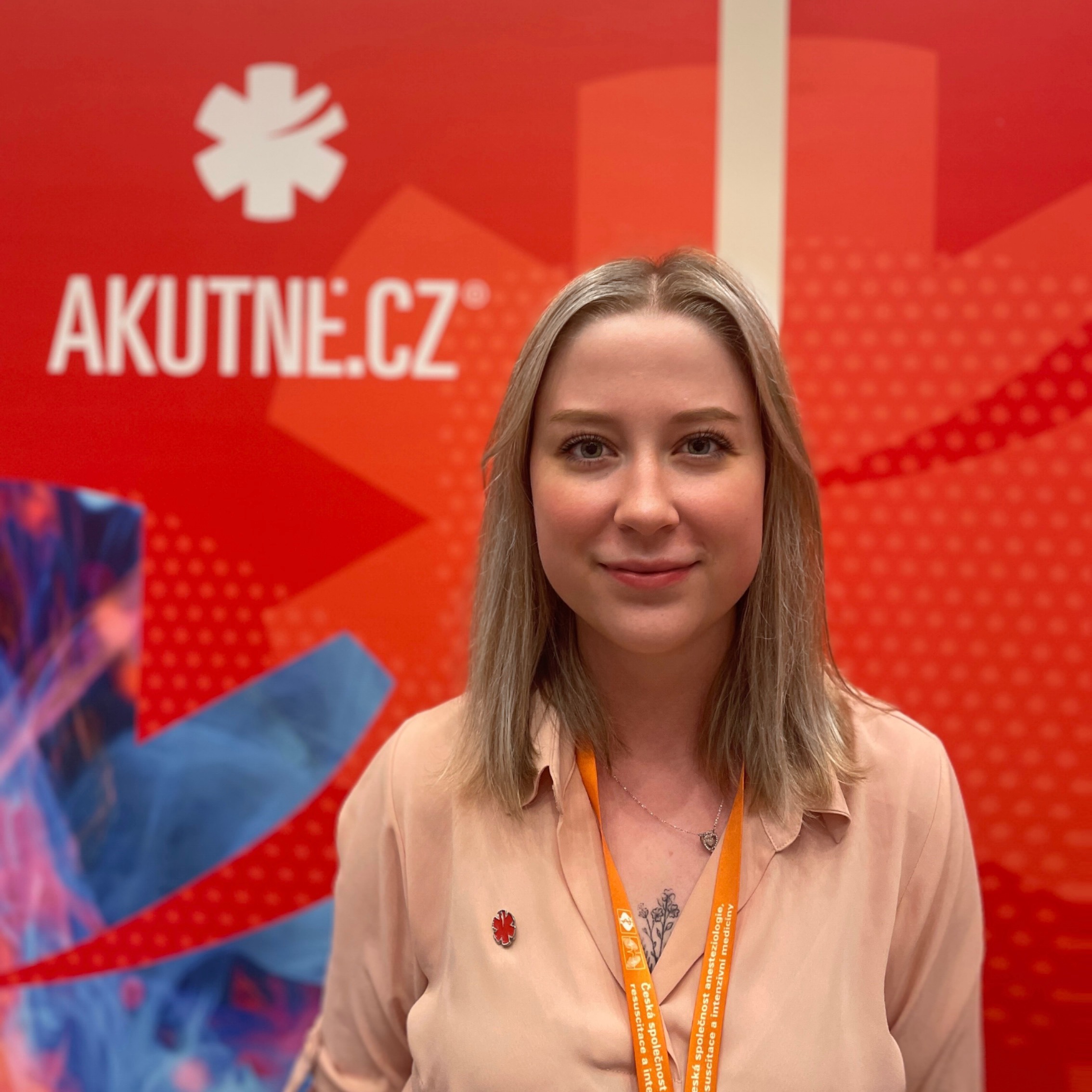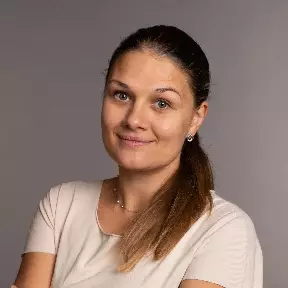Three Horizons in the Future of Medicine
The opening lecture featured Dr. Siddhartha Mukherjee, MD, DPhil., an oncologist renowned in his field. His lecture, 'Three Horizons in the Future of Medicine,' was captivating. He urged listeners not to fear innovation, shifts, and progress, emphasizing the importance of embracing artificial intelligence. Dr. Mukherjee highlighted the role of AI tools in medicine, especially applications recognizing medications through photos, benefiting patients with neurological, psychiatric, or other disorders. The talk emphasized the need to learn and utilize AI as an evolving tool. Two other significant future aspects in medicine are cellular therapy and personalized cancer treatment, both undergoing thorough development, incorporating AI for faster, more precise therapies, particularly in colorectal cancer patients.
SEDATION FOR HIGH-RISK PATIENTS: Rules to live by
The lecture block on sedation for high-risk patients, where anesthesia might pose more risks than the procedure itself, was opened by Dr. Laeben Lester. He focused on maintaining hemodynamic stability in such patients. Identifying those at risk, such as middle-aged, overweight women with a left ventricular ejection fraction of 15%, is crucial. Dr. Lester emphasized hemodynamic support and reducing propofol dosage during anesthesia to achieve stability. Using inotropes and vasopressors pre-induction, he recommended a multimodal approach, combining propofol with opioids like sufentanil or with ketamine and dexmedetomidine. Slow propofol titration, avoiding dose-stacking, and acknowledging patient reserves' limitations are vital.
Dr. Michael A. Mazzeffi discussed innovations in spontaneous and noninvasive oxygenation/ventilation and monitoring, emphasizing the positive impact of high-flow nasal cannula (HFNO) on hypoxemia elimination, albeit with the risk of hypoventilation. The lack of significant studies on procedural oxygen masks (POM) contrasted with the proven benefit of nasal CPAP in preventing desaturation. Anticipating promising technologies for breath monitoring and data transmission to physicians, Dr. Mazzeffi discussed the probable integration of HFNO cannulas into anesthesia devices. Dr. Ashley Yager summarized the decision-making process for sedation in high-risk patients, considering factors like mitral or aortic stenosis, uncontrolled GER, pulmonary hypertension, or severe ventricular dysfunction. Urgency, procedure complexity, specialist availability, comprehensive pre-op examinations, patient discussions, and selecting suitable drug combinations, such as propofol-sparing agents, were crucial. Addressing airway management choice was vital, and Dr. Yager concluded with three illustrative case studies, followed by a productive discussion and audience questions.
EVIDENCE-BASED APPROACH TO REGIONAL ANESTHESIA IN CHILDREN: BLOCK BY BLOCK
As implied by its title, the lecture delves into the use of regional anesthesia in children based on available study data. Dr. Suresh highlighted key block types, including caudal, TAP, femoral nerve, and supraclavicular brachial plexus blocks. The presentation emphasized the role of ultrasound navigation, especially in caudal blocks, proving crucial for younger patients due to limitations on total local anesthetic use. Results indicated no difference in efficacy between supra zygomatic and intraoral approaches to the maxillary nerve and its branches. Nerve blocks in head and neck procedures, such as myringoplasty or tonsillectomy, were shown to reduce analgesic use and ensure postoperative pain control. Dr. Suresh recommended a postoperative motor examination after supraclavicular brachial plexus block and stressed considering the required "height" of lower limb blocks, favouring distal approaches when femoral blocks are unnecessary. He highlighted the successful use of ultrasound-guided infrapatellar block for ACL repair. Trunkal blocks, especially the TAP block, were discussed and recommended before caudal blocks, particularly for hernia operations. The erector spinae block, gaining popularity, was noted for its versatility in thoracotomies, nephrectomies, and cholecystectomies. Dr. Suresh anticipates reduced anesthetic doses in the future, leveraging better pharmacodynamic models, increased patient care through broader regional anesthesia use, and the development of longer-acting block medications.
WAKE UP AND SMELL THE COFFEE! EXPLORING THE EVOLVING EVIDENCE FOR PERIOPERATIVE CAFFEINE ADMINISTRATION
Coffee, a beverage integral to many of us for kickstarting the day, was the focus of three lectures on the effects and potential uses of its key component – caffeine – in the perioperative period. Dr. Nafisseh S. Warner initiated the session by outlining caffeine's main pharmacokinetic and pharmacodynamic features, its effects on the body, and the caffeine content in various beverages. A cup of coffee contains around 100 mg of caffeine, cola drinks 40-80 mg, and tea 40-60 mg. Dr. Warner addressed caffeine withdrawal syndrome, which is evident in the cessation of coffee intake at a daily dose of around 100 mg. Its symptoms manifest prominently within 24-48 hours of discontinuation. Regarding clinical utilization, studies consistently support the analgesic effect of adding caffeine to therapy, reducing pain levels. For regular caffeine consumers, maintaining their daily intake during peri- and postoperative periods makes sense. Postoperative headache in a significant number of patients is attributed to caffeine withdrawal syndrome. Dr. Zheng Xie provided insights into caffeine's ability to expedite emergence from anesthesia, citing studies showing its impact based on dosage. Preliminary discussions also hinted at caffeine's potential in reducing postoperative delirium. Dr. Xie mentioned ongoing studies confirming the effectiveness and safety of combining caffeine and atipamezole in humans, as this combination has shown promise as a reverse agent in dexmedetomidine-based anesthesia in animal studies. Dr. Vlisides explored caffeine's possible role in postoperative delirium and its influence on cortical dynamics. Studies presented indicated a higher incidence of postoperative delirium in patients who received a placebo compared to those given caffeine. This led to increased opioid doses in the "caffeine" group due to caffeine's presumed higher cognitive and psychological presence. Despite the potential risk of opioid dependence, these findings underscore caffeine's significant attributes. The session concluded with a brief question-and-answer session from the audience.
CARDIAC SECRETS FOR NON-CARDIAC PROVIDERS - PRACTICAL ADVICE FROM THE EXPERTS
Dr. Shook emphasized the importance of echocardiographic values in pre-anesthetic evaluation for aortic stenosis, distinguishing between severe and moderate cases. He stressed the need to consider transcatheter aortic valve replacement (TAVR) before non-cardiac surgeries, following European Society of Cardiology guidelines. Maintaining a mean arterial pressure (MAP) above 70 mmHg is crucial, and he recommended using esmolol, securing defibrillator electrodes, and ensuring adequate analgesia or peripheral nerve block. For TAVR, he favoured sedation with remifentanil, supplemented with propofol and ondansetron. Dr. Koche discussed anesthesia for patients with left ventricular assist devices (LVAD), emphasizing lower life-threatening risks for planned non-cardiac surgeries. Adequate preoperative preparation is suitable when circumstances permit. Due to the non-pulsatile blood flow in LVADs, reliance on non-invasive measurements of oxygenation and blood pressure may be limited. Dr. Koche recommended invasive blood pressure monitoring, cerebral oximetry, and careful fluid administration. Dr. Ural highlighted the practical use of echo as a "rescue echo" in critical situations. Transesophageal echocardiography (TEE) is commonly used in the operating room. She encouraged practical echo training whenever an opportunity arose.






